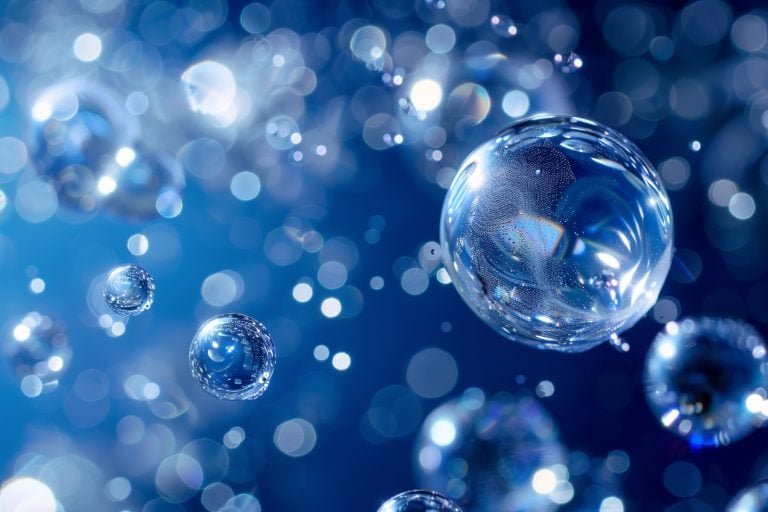In a groundbreaking study, Northwestern University researchers have, for the first time, directly observed the formation of nano-sized water bubbles from hydrogen and oxygen atoms using palladium as a catalyst. This revolutionary discovery, facilitated by a novel visualization technique, holds promise for rapid water production in arid or extraterrestrial environments.
The Breakthrough:
Using a new ultra-thin glassy membrane, researchers witnessed the palladium-catalyzed reaction at the molecular scale, unveiling the optimal conditions for rapid water generation under ambient conditions.
Key Findings:
- Hydrogen atoms enter the palladium, expanding its lattice.
- Oxygen atoms combine with hydrogen, forming tiny water bubbles.
- Palladium acts as a catalyst, accelerating the reaction.
Practical Applications:
- Rapid water generation in arid environments.
- Space exploration: enabling water production without extreme conditions.
- Potential solutions for deep space environments.
The Science Behind:
Northwestern University’s Vinayak Dravid and his team developed the novel technique, published in Science Advances, allowing:
- Real-time analysis of gas molecules.
- Atomic-scale resolution (0.102 nanometers).
- Concurrent spectral and reciprocal information analysis.
Implications:
“This discovery has significant implications for practical applications, such as enabling rapid water generation in deep space environments.” – Vinayak Dravid
Reference:
Proceedings of the National Academy of Sciences (2024)
Share Your Thoughts:
How do you think this breakthrough will impact water production in arid or extraterrestrial environments?

















